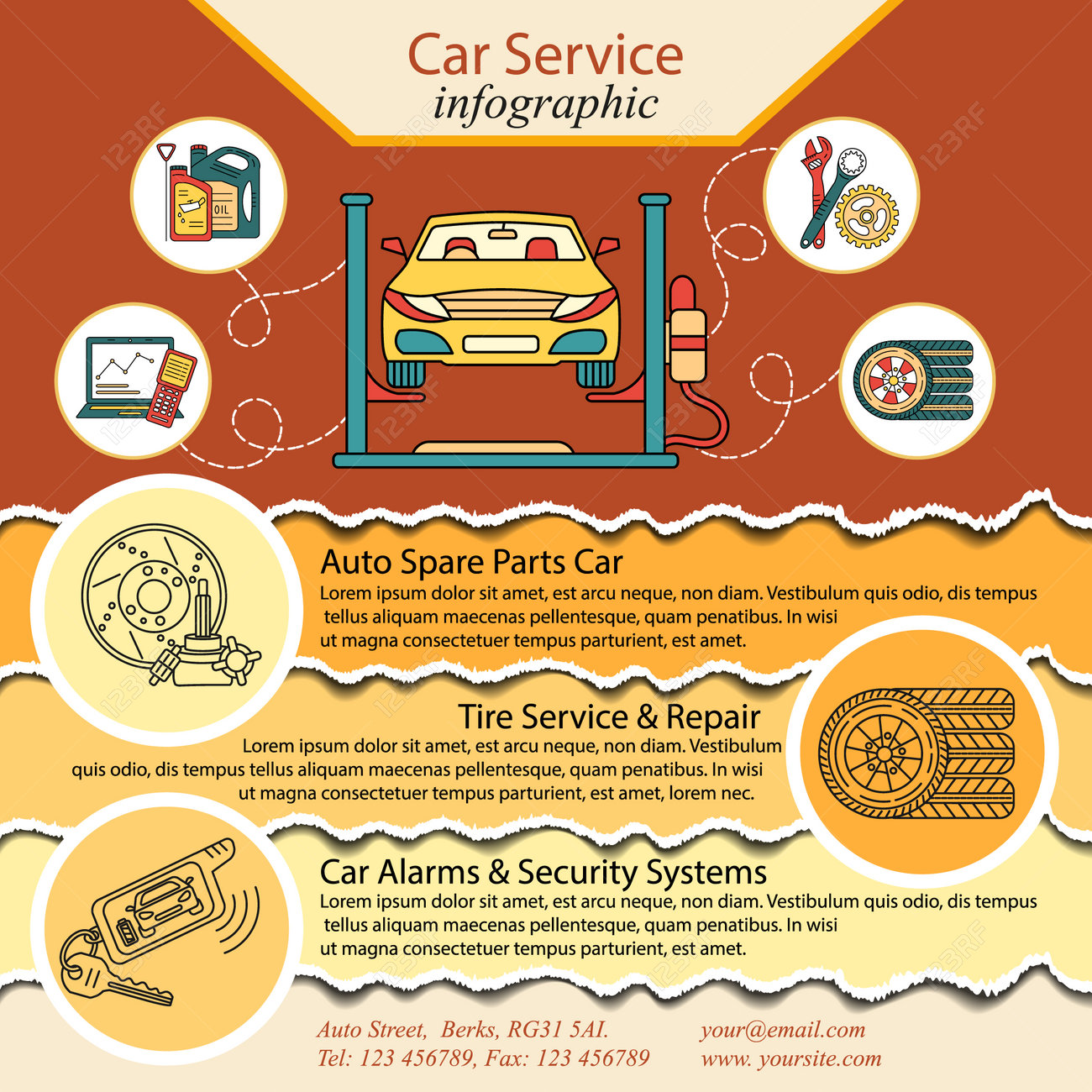Interpreting Your Automobile'S Alert Lights: Their True Ramifications
Interpreting Your Automobile'S Alert Lights: Their True Ramifications
Blog Article
Web Content Produce By-Termansen Forbes
When you lag the wheel, those beautiful caution lights on your dashboard can be a bit bewildering. Do you know what they're attempting to tell you concerning your auto's health and wellness? Understanding the relevance of these lights is essential for your security and the longevity of your vehicle. So, the next time one of those lights pops up, would not you want to understand its message properly and take the necessary steps to resolve it?
Common Warning Lights and Interpretations
Identify typical warning lights in your automobile and comprehend their significances to make certain secure driving.
https://www.wlbt.com/2021/12/28/thieves-hit-auto-shop-thats-been-jackson-nearly-three-decades-christmas-morning/ include the check engine light, which signifies problems with the engine or emissions system. If this light begins, it's vital to have your vehicle inspected without delay.
The oil pressure warning light indicates low oil stress, requiring prompt attention to stop engine damage.
A blinking battery light could recommend a defective billing system, potentially leaving you stranded otherwise attended to.
The tire stress surveillance system (TPMS) light signals you to low tire stress, affecting automobile stability and gas efficiency. Overlooking this could lead to dangerous driving conditions.
The abdominal light shows an issue with the anti-lock stopping system, endangering your capability to stop quickly in emergencies.
Finally, the coolant temperature advising light warns of engine overheating, which can result in serious damage otherwise dealt with promptly.
Understanding these typical warning lights will certainly aid you resolve problems immediately and preserve safe driving problems.
Relevance of Prompt Interest
Recognizing the typical warning lights in your vehicle is only the first step; the importance of quickly addressing these warnings can not be highlighted enough to ensure your safety on the road.
When a warning light brightens on your dashboard, it's your vehicle's means of communicating a possible problem that needs interest. Neglecting these cautions can cause extra severe problems in the future, endangering your safety and potentially costing you more in repairs.
Motivate attention to advising lights can stop break downs and crashes. As an example, a flashing check engine light could indicate a misfire that, if left neglected, could create damage to the catalytic converter. Addressing this promptly can conserve you from an expensive repair.
Likewise, a brake system advising light could indicate reduced brake liquid or worn brake pads, important parts for your safety when driving.
Do It Yourself Troubleshooting Tips
If you discover a caution light on your control panel, there are a couple of DIY fixing suggestions you can attempt before seeking expert help.
The initial step is to consult your automobile's guidebook to recognize what the certain caution light shows. Often https://brakes62884.blogoscience.com/36046526/the-development-of-car-describing-methods-throughout-the-last-ten-years can be as basic as a loosened gas cap setting off the check engine light. Tightening the gas cap might settle the trouble.
One more typical issue is a low battery, which can cause various warning lights. Examining the battery links for deterioration and guaranteeing they're protected could take care of the problem.
If a warning light lingers, you can try resetting it by detaching the automobile's battery for a couple of mins and after that reconnecting it. In addition, checking your car's liquid degrees, such as oil, coolant, and brake liquid, can assist troubleshoot alerting lights connected to these systems.
Final thought
To conclude, recognizing your car's caution lights is important for maintaining your automobile running efficiently and safely. By quickly dealing with these alerts and understanding what they imply, you can stay clear of pricey repair services and prospective break downs.
Keep in mind to consult your vehicle's handbook for specific details on each alerting light and do something about it accordingly to guarantee a trouble-free driving experience.
Stay notified, stay risk-free when traveling!
